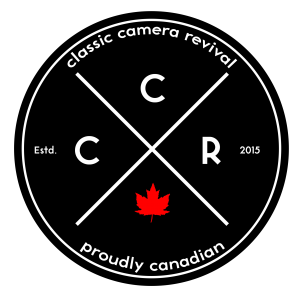Everyone has to start somewhere and while we do a lot of assumptions that our regular listeners have been in the game for a while, we’ve realised that there are probably folks out there who are just getting started. So on today’s episode, the team sits down and discusses everything from starter cameras, good film stocks, excellent things to learn and ways to start home processing for those who are dipping their toes into photography and film for the first time!
Starter Cameras
We all need to start somewhere, but these days there are so many film cameras which ones are best for the beginner. Well, Bill is set on using the SLR as a good entry into the medium. Because unlike many point-and-shoots and rangefinders which are only going up in price there are some SLRs that have made it under the radar. For those looking for plenty of automation Bill’s two choices include the Nikon F90x with a 50mm f/1.8 lens or the Minolta Maxxum 5 with the 35-70mm f/4 lens. If you want something with a bit more manual functionality there are a couple of options, the Minolta X-700 with a 50mm f/1.7 MD lens is a great starter camera plus offers up full Program mode, or if you want fully mechanical you cannot go wrong with any of the SR-T line of cameras again with that sweet 50mm f/1.7 Rokkor glass. And probably the best part about all these cameras is these are ones that you can easily grow into with plenty of excellent lenses to help expand your capabilities to take pictures and learn.
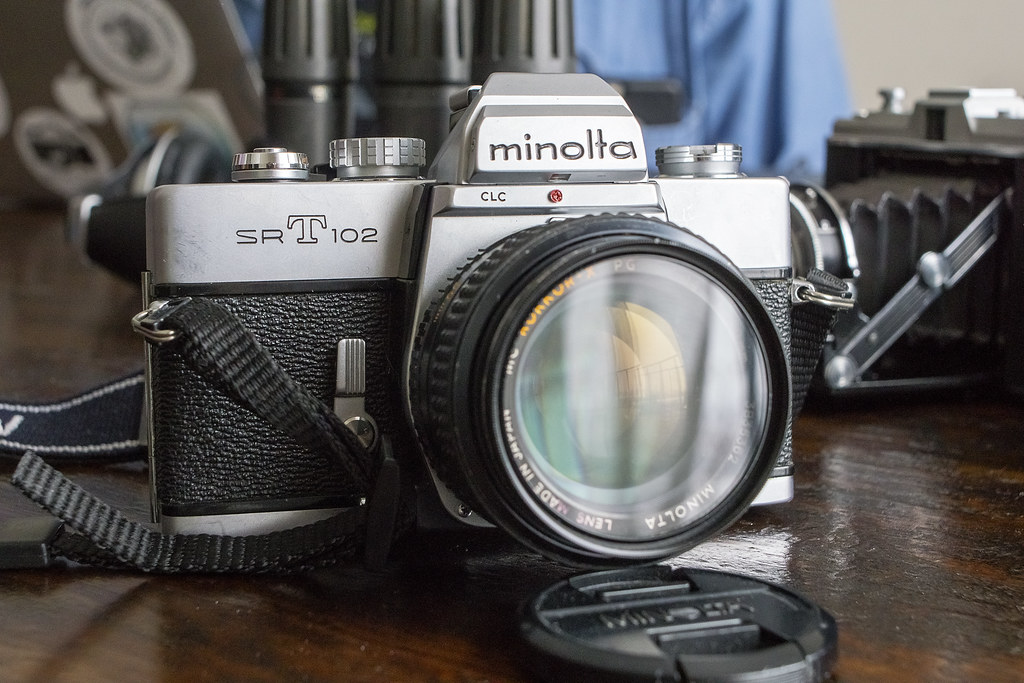

 While not the F90x, the F90 is a younger brother. In the US these are known as the N90 or N90s
While not the F90x, the F90 is a younger brother. In the US these are known as the N90 or N90s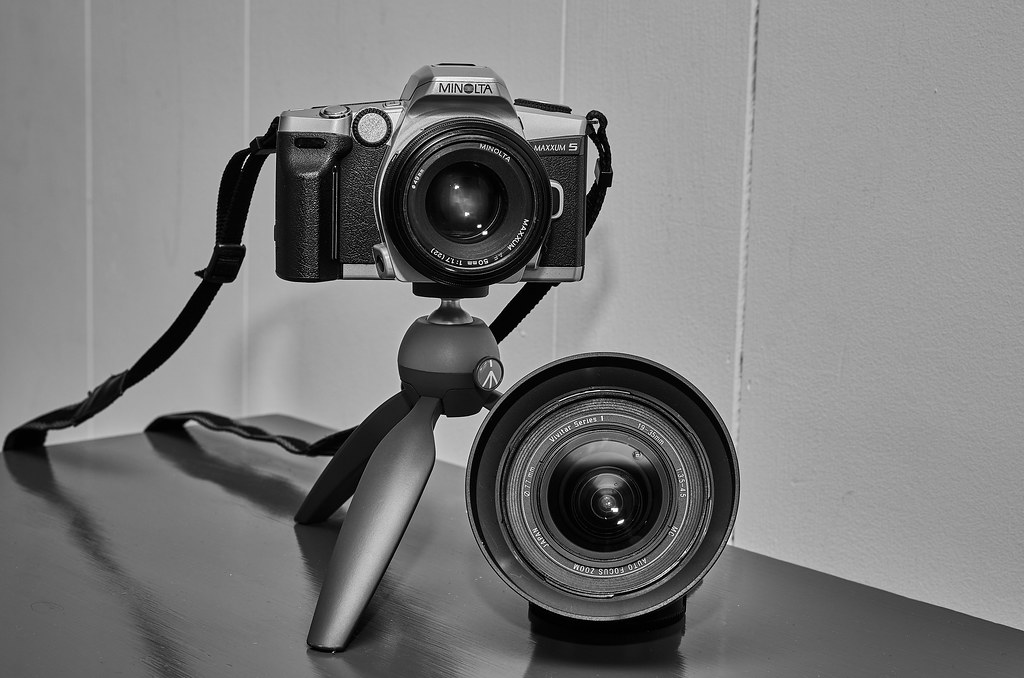
Photo By: Edgar Omar – Used Under CC BY-NC-ND 2.0
Film Stocks
When you’re looking for what film to load into your camera when you’re getting started, sometimes it’s best to get the same stuff again and again. You want to know what to expect and expect to like the results. And while Jess’ choices are tuned directly for what she loves to shoot, you may be in a different situation. But the important thing is to be consistent and shoot what you love and how to want to. And when you’re getting started we understand price will matter, so a twenty-dollar a roll film may not be the best option. But for Jess, one of her favourites is Kodak Gold 200 a film that has been with her since she started shooting at age nine. Gold makes everything looks good with a tinge of nostalgia. It’s inexpensive and can come in both 24 and 36 exposures. But if you’re looking for something faster, that is Lomography CN400, now this may be a rebranded Kodak or Fuji product, but it certainly is less expensive. And offers up an excellent punchy colour pallet without being over the top. But the biggest part about shooting Lomography is that there’s an amazing community online for new and experienced shooters. In the black & white field, it’s all Ilford. And for starting with B&W the choice is HP5+, while similar to Tri-X, HP5+ will deliver excellent consistent results at box speed and has an excellent latitude which is great if you’re shooting large format and learning that zone system. But if you’re a bit more budget-minded Kentmere 400. And the second choice is Ilford FP4+ another classic film, great for winter shooting with plenty of latitudes but not as much as HP5+ but wins out with a finer-grain.
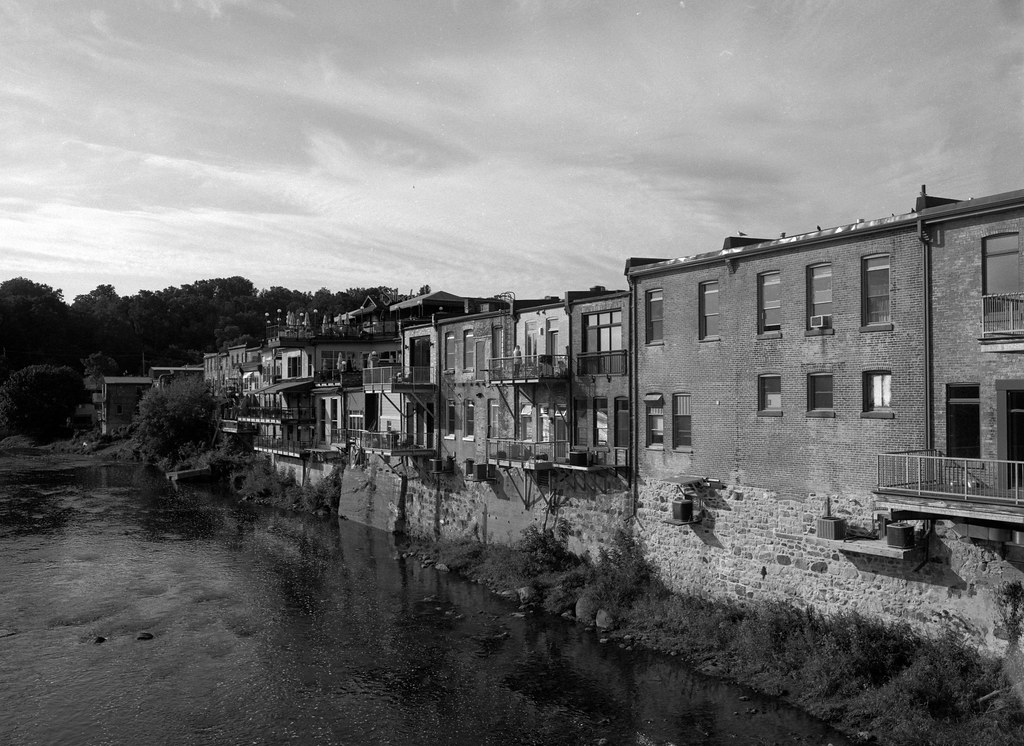


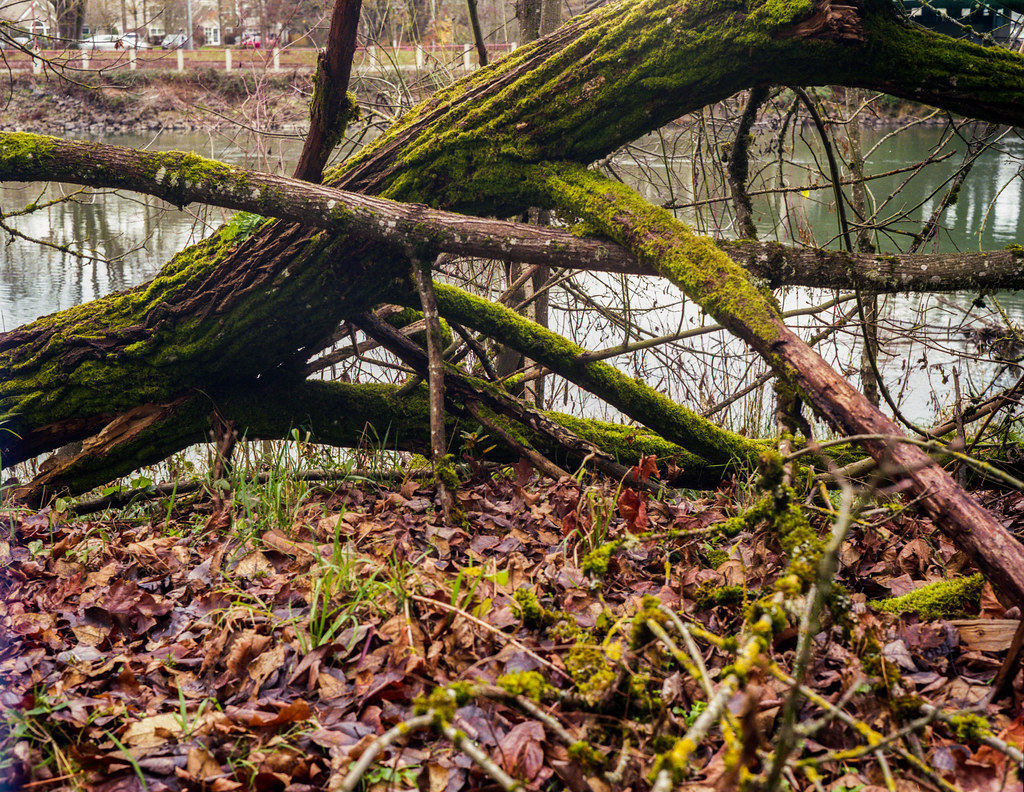
Photo By Tom Chamberlain – Used Under CC BY-NC-ND 2.0
Good Lessons to Learn
The most important thing to remember about photography is that we’re all on this journey. Some have walked the road longer than others but our destination is all the same and that destination is consistent. Being able to get the same results time and again no matter the medium. But if you’re new to the world of photography the best thing to do is put your nose in a book and the best book to start with is “Understanding Exposure” and when it comes to getting things consistent, the book is far better than the Internet. But if you’ve never picked up a camera before, maybe the film isn’t the best thing to start with, digital can certainly help you understand all these concepts in a less expensive manner that allows for instant feedback. But the biggest thing to remember about the journey is that it is a marathon, not a race. And in a strange twist, maybe it’s good to start with large format as you’ll get a stronger understanding of the concept of exposure and use of dynamic range and contrast inherent with film stocks. Take notes, take lots of notes of all your exposures because then you can go back and see what went right and what went wrong and adjust from there. But some helpful tips are to stick with one camera, shoot a roll at a time and stick to one or two film stocks, and if you’re doing the home development, stick to a single general-purpose developer. And don’t think you have to go with home development, there’s nothing wrong with a lab, we still use them! Be ready to ask all sorts of questions but don’t always trust all your answers, be decerning about those answers and check to see if that person is constant in their answers and if you’re unsure. Be ready to ask more questions and check other sources. Companies like Ilford have some amazing education material on their website and other social media channels.
Staring Developing at Home
Home development of film is both satisfying and frustrating and certainly not for the faint of heart. And certainly not required to be an avid film shooter as there are plenty of amazing labs that can process a wide range of films both colour and black & white. If you’re thinking of starting your own home development, it might be best to connect with another photographer locally who can help without needing to make that initial payout for equipment. If you feel that this is something you wish to pursue there is an investment cost, specifically in the equipment. Thankfully Patterson and Ilford have put together a kit that contains everything you need from tanks, reels, containers, thermometer and even chemistry all for the price of 160$ and is available directly through Patterson or you can purchase it from stores like Downtown Camera or Adian Camera in Toronto. All you’ll need to get is a changing bag and you’re good to go, another excellent tool is a development app, Massive Dev Chart is the way to go as it has tonnes of built-in recipes. For chemistry it’s best to start with liquid-based, they come in smaller bottles, are a lot easier to mix up and often have a longer shelf life. Some good ones to start off with are Ilford Ilfosol 3, Ilford Ilfotec LC29, or Adox FX-39II these produce excellent results in every B&W film you use, especially HP5+ and Ilford FP4+ and many more. Then it’s a matter of practice. Loading film onto reel, get a throw-away roll and practice in the light. This will help you learn the motions with your hands while seeing what they’re doing. Once comfortable, close your eyes and repeat before going into the bag. Practice plenty, get the muscle memory down before loading up an actual roll.
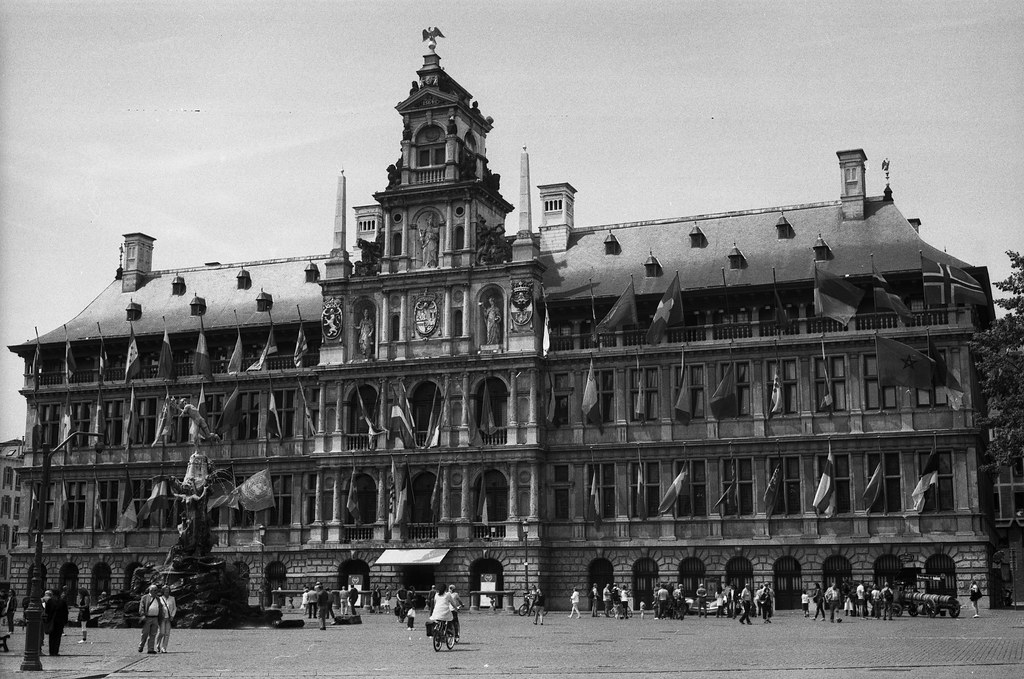
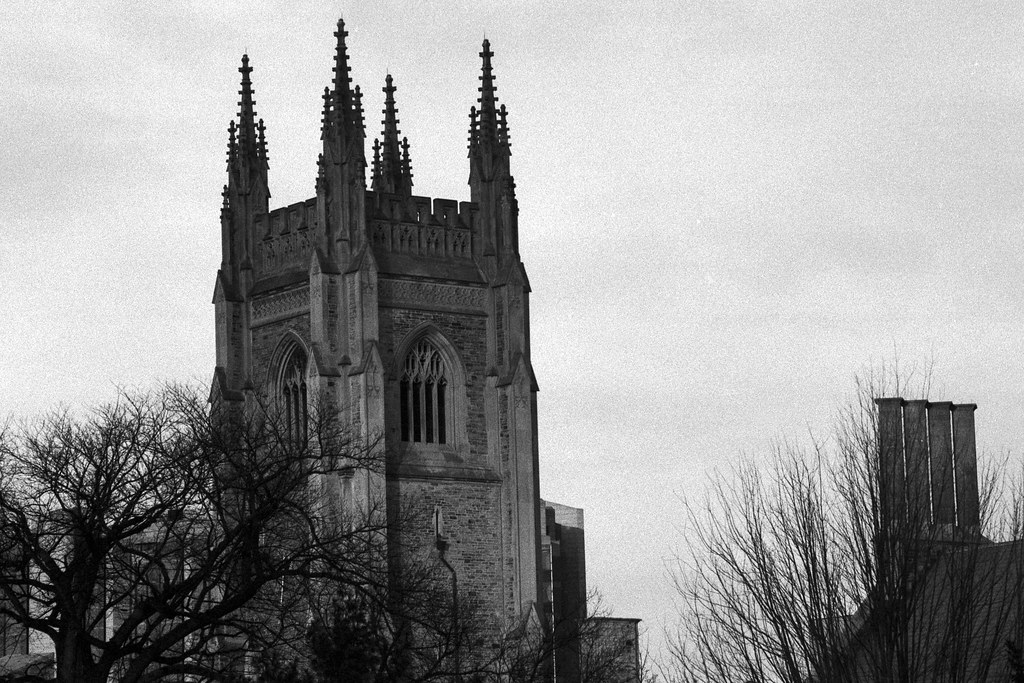

Want a subscription to SilverGrain Classics and are a fan of Classic Camera Revival? Visit their shop online and buy a magazine or a subscription? Looking for a good spot to get your gear and material fix check out Burlington Camera (Burlington, ON), Downtown Camera (Toronto, ON), Film Plus (Toronto, ON), Belle Arte Camera (Hamilton, ON), Pond’s FotoSource (Guleph, ON), Foto Art Camera (Owen Sound, ON). In Quebec, Photo Service (Montreal, QC) and Studio Argentique (Montreal, QC), Out West there’s Kerrisdale Cameras (BC), The Camera Store (Calgary, AB) and Beau Photo Supply (Vancouver, BC). Additionally you can order online at Argentix (Quebec), buyfilm.ca (Ontario), the Film Photography Project or Freestyle Photographic. Looking for development options, check out these labs that have our support, Boréalis Photo Lab, Old School Photo Lab, The Darkroom, and Film Rescue International.
Also you can connect with us through email: classiccamerarevivial[at]gmail[dot]com or by Facebook, we’re at Classic Camera Revival, Twitter @ccamerarevival, and Instagram (@classiccamerarevival)!
